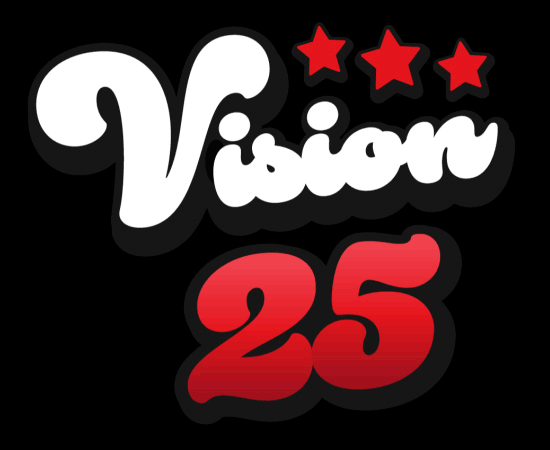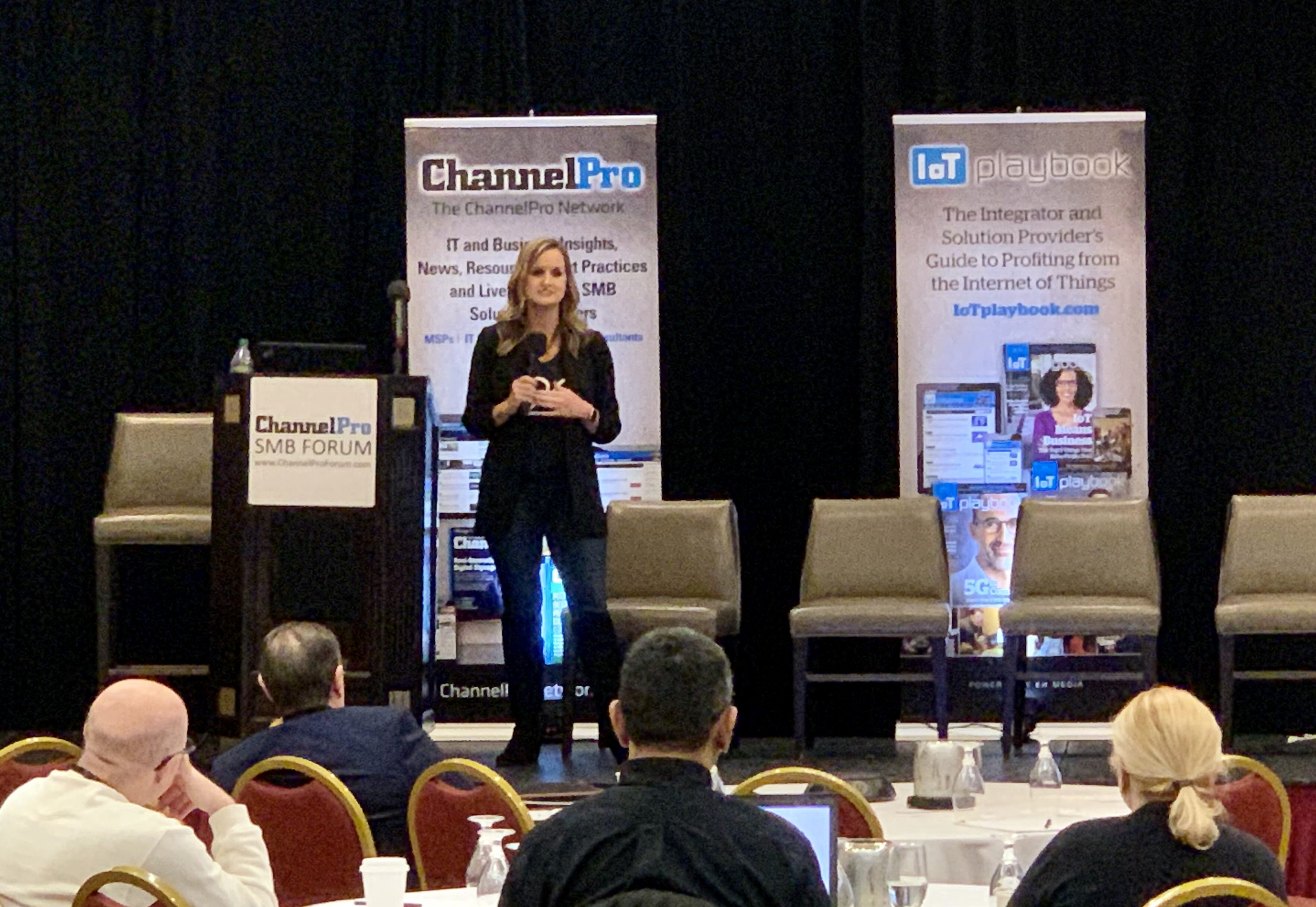What is the Channel?
Crystal McFerran, CMO | The 20
“The Channel” is a special term with its own special meaning to MSPs and other B2B technical solution providers. The channel is also a business term for a more symbiotic pipeline of vendors working towards a shared ecosystem. In short, the channel is just the path to market for B2B services and providers.
This term isn’t quite steeped in the near mystic qualities attributed to it from every technical trade show who swears their fealty to the channel, but it is still important. The channel is a fast-moving river of opportunity for B2B services and products in any industry. The hard part is finding it. When you ride within the channel, you are propelled forward, from knowledge to pricing.
The channel in tech is just a bunch of people who talk to each other, work with each other, and build greater ecosystems along the lines of business deals and alliances. If you don’t drink the Kool-aid, this doesn’t sound like much at first glance. Joining the IT channel means getting the momentum from the rest of the movement to push forward faster than you could by yourself. The channel can be the tool to unlock your potential, but only when tapped correctly.
How the Channel Works
A channel works because people believe in it. Some of the tech sector believes it created The Channel itself, but in reality they just created a more efficient channel than most other industries, and earlier. This faith in its success and faith in its value has kept it relevant as natural market forces keep it stable or risk turning it over to another stack. It isn’t the exception, it’s an ideal realization of the concept.
Technology is too complicated to make choices on every single solution every single time. Tech has had schisms since the first moments of commercial viability. When you have limited choices which are approved by other vendors, you have a bare-minimum guarantee that you’ll get a certain experience. If you buy A, B, and C, you know that they’ll work with D.
This limitation of choice, combination of vendor efforts, and similar leads to a system where a tech company can make an easy choice, or buy into the fringe. You have a named brand which is like a recipe for building a certain stack, but you can make substitutions if you know how.
The channel also works similar to cable TV. By certain vendors partnering with (or acquiring) other solutions, you get a stack with certain choices depending on the primary vendor. You get the Kaseya bundle, the ConnectWise bundle, or similar. You can still choose to piecemeal things together, but each vendor offers a basic set of integrated solutions to get you from zero to a full business operation.
This packaging provides power to the channel. You don’t need to get the bundle to succeed, but it’s cheaper if you don’t know how to shop or don’t have the time or personnel to continually make things work. The MSP channel offers shortcuts, for a price.
What it Means
The channel and The Channel are two different entities entirely. The Channel is a set of conferences and trade shows which feed into one another. If you’re an MSP in technology, you’re probably already acquainted with parts of The Channel. The 20’s own VISION conference is a part of The Channel, Robin Robins is a part too, ChannelPro contributes as well, etc. This is just a piece of the pie.
The greater channel in technology is the set of pathways which work toward technical integration. It’s a filter for the selection limiting specific vendors who will try to play nice with others. This means you don’t need to dig as deep to find who works with whom, you can just jump around on the list.
A waterway can have multiple channels, but not every channel is equal. Some channels are direct, others are slow or bottlenecked. The right channel gets you from where you are to where you want to be with minimal issues. The wrong channel is a riptide.
The channel in general business is just a combined industry effort to partially standardize certain elements. It’s just one of the many roads leading to Rome. The difference is that one is well-traveled and well-regulated if you don’t know exactly where you’re going, but others are less predictable. Convenience comes at a cost in most industries, but the TCO can work out cheaper. The channel means convenience, but it also means a cost for that convenience.
Why it Exists
Each channel is an example of financial symbiosis. A complete solution is worth more than a bunch of better partial solutions when it’s trivial to put the pieces together. It’s easier to squeeze a little money out of from a giant when they provide an audience bigger than a vendor could bring in themselves.
The Channel exists because people want convenience and are willing to jump in to find it. More traditional channels exist because it’s easier to sell a solution which has a context. Most vendors can’t be one stop shops, but that doesn’t mean a one stop shop for most people can’t exist. It just requires cooperation from multiple vendors and a way to package it all up.
Almost every industry is going to have some kind of B2B channel flowing through it, if not multiple tributaries each pushing their own stacks. Some options will span each offering like a town in a spot where rivers meet, while others will buy into their one channel. It all just depends on the economics of competition and cooperation.
Channels are like the business equivalents of a city. Cities form because they make sense in a location to settle due to the resources and the routes in and out. Each channel is just a business abstraction of a city. They exist because there is greater strength in cooperation than in continuous wildcatting.
The Channel as a Business Concept
The channel is a powerful business concept. While The Channel tech clings to is the extreme of the concept, it is just an implementation of a standard channel in its ideal scenario. It is just a business concept which exists when businesses work together for the greater movement of their industry.
A channel is a symbiosis brought about by the movement of the industry rather than the ideal movement of each individual constituent. A rising tide raises all boats so to speak. You trade the individualistic angle for the push you add to the combined whole.
Just because your peers are involved doesn’t mean you need to be involved with a specific channel. If you do things differently, then find the right way forward. A channel is a path forward for businesses which fit the agreed upon ideal use case, you just need to know what each channel brings to you.
The channel is the B2B equivalent of a cable package. Everyone you know may want one, but which one works for what you need? If not, what pieces can you get from where and how do they work with one another?
The IT channel is an organic ecosystem of interdependent services tied into one another. The quicker you drink the Koolaid, the faster you come out ahead. Pieces can function on their own, but they tend to work best in conjunction with others in the channel unless you’re willing to add value. You can split your services out, but you need to offer something extra.
It is a construct which benefits its constituents and its audience. You can either leverage it, or let it push you out of the picture. Understand what it brings and how you can use it to succeed.


